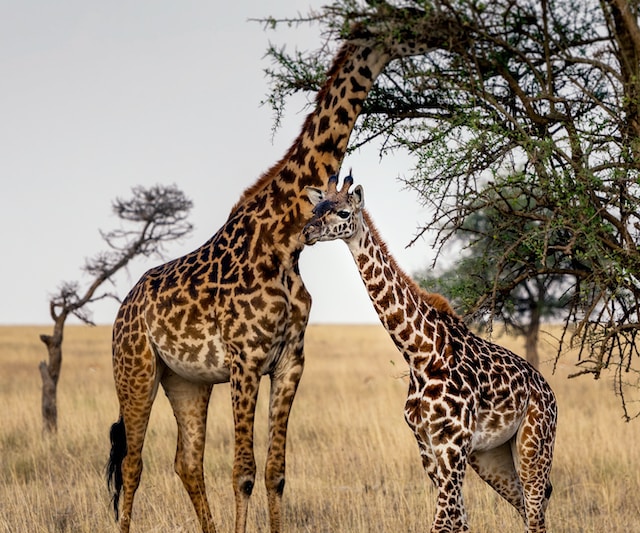
Piano Safari: a new method for beginners
Most beginners to the piano will start with a method or tutor book. Method books provide a structured introduction to the concepts a beginner needs to understand to play the piano, such as rhythm, music notation and theory. A lot of method books are heavily notation based, introducing middle C, the C key nearest to the centre of the piano, and working progressively outwards until all notes are learnt. Notes might be memorised using mnemonics, such as All Cows Eat Grass for the bass clef space notes. Examples of common method books include Piano Time, Ten Fingers, John Thompson, Bastien and Piano Adventures. A few years ago a new method, called Piano Safari, was introduced, which takes a more holistic approach to learning to play the piano and it has become my preferred method for most of my beginner students.
The Piano Safari repertoire includes rote pieces, learnt by listening, watching and copying the teacher, allowing students to play fun pieces that sound really good from the outset. Pieces use the whole of the keyboard and the pedal, and a lot of pieces have sections for improvisation. Reading is taught using intervals rather than note names, starting with seconds (steps) and thirds (skips), gradually introducing larger intervals and the skips alphabet for learning notes in both treble and bass clefs. For rhythm, Kodály syllables are used, and the importance of both rhythm and sight reading skills is emphasised with rhythm and sight reading cards at every lesson. Technique is a subject in its own right, with animal gestures, such as Tall Giraffe, used to help students visualise the movements needed. Some of the benefits I have seen from using Piano Safari include stronger technique, better understanding of rhythms, more fluent sight reading and an overall greater musical appreciation.
For more information about Piano Safari visit pianosafari.com.